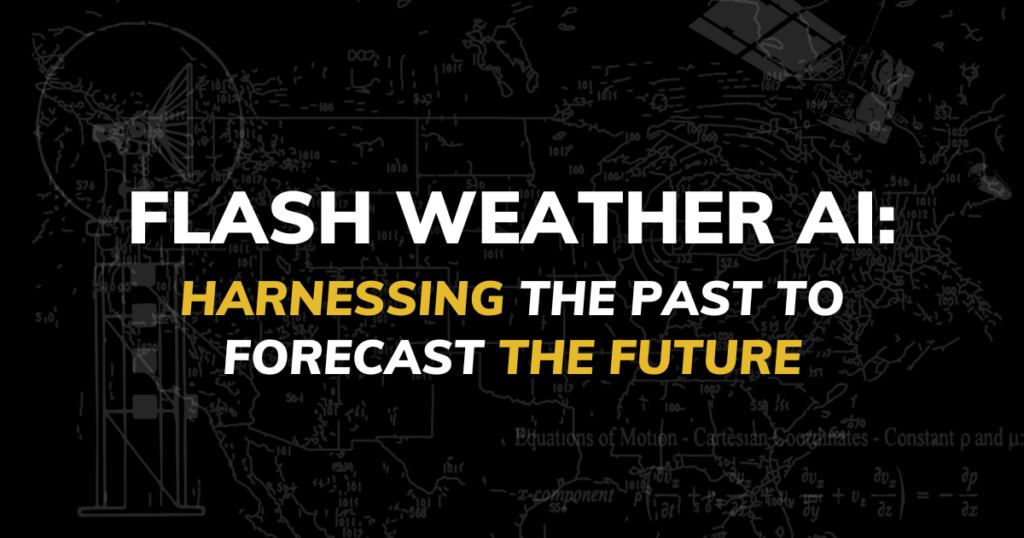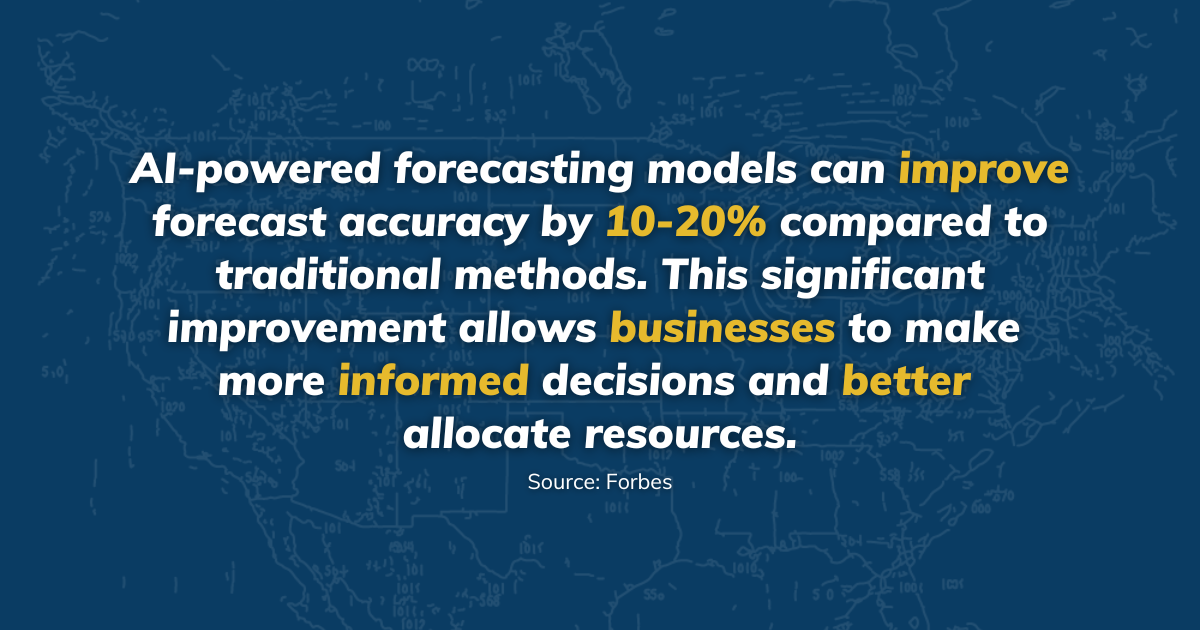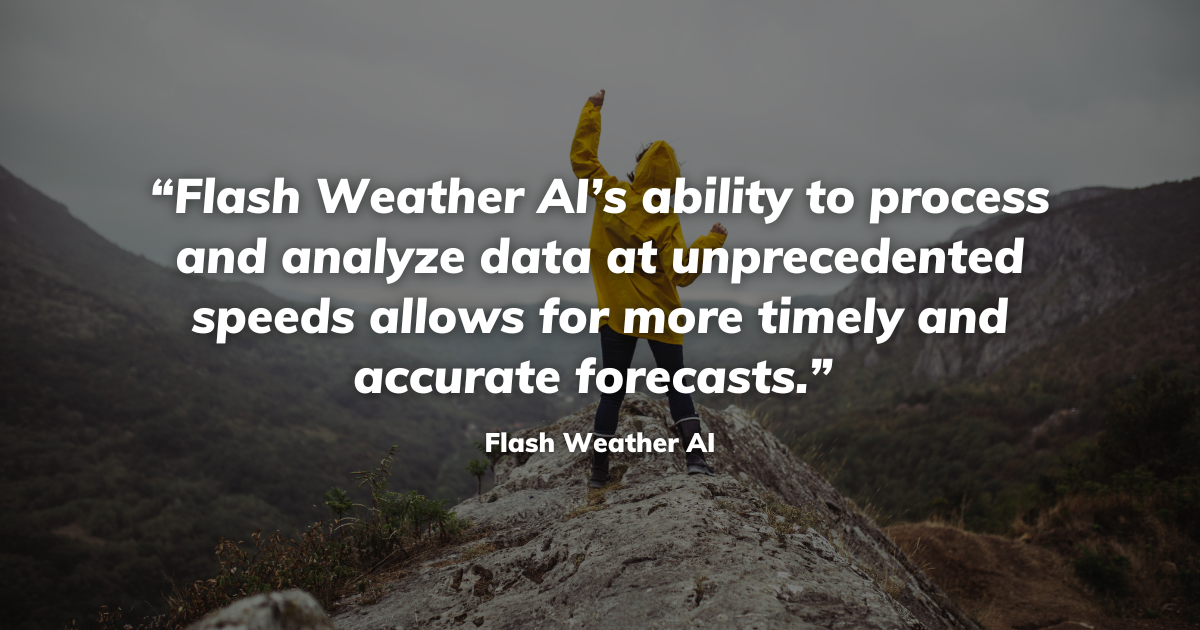
Harnessing the Past to Forecast the Future
Flash Weather AI is changing the landscape of weather forecasting by utilizing advanced machine-learning techniques to analyze vast amounts of historical atmospheric data.
Imagine predicting the next hurricane with pinpoint accuracy days before it forms.
Let's explore how Flash Weather AI leverages the power of past weather data to provide more accurate and timely weather predictions, improving preparedness for severe weather events.
The Limitations of Traditional Weather Forecasting: Challenges in Conventional Forecasting
Traditional weather forecasting has several limitations, historical data, limited computing power, and the inability to capture complex interactions between weather variables.
- More than relying on historical data can lead to inaccuracies due to outliers and unpredicted events.
- Limited computing power hampers real-time predictions and reduces forecast accuracy.
- Traditional methods often oversimplify complex interactions among temperature, humidity, wind, and pressure, affecting prediction reliability.
These limitations result in less accurate predictions, particularly for new weather patterns, and delays in critical forecasts.
How Flash Weather AI Uses Machine Learning to Analyze Historical Storm Data
Leveraging AI for Enhanced Predictions
Flash Weather AI’s machine learning algorithms analyze massive amounts of historical atmospheric data to identify patterns and trends that can predict the likelihood of future storm events. These algorithms use advanced statistical techniques and artificial intelligence to identify key variables and their interactions from past data. By understanding how these factors have interacted in the past, Flash Weather AI can make more accurate predictions about future weather conditions.
- Machine learning algorithms process vast datasets to detect key variables influencing weather patterns.
- AI models are trained to recognize subtle interactions in the data that may be overlooked by humans.
- Continuous learning from new data ensures the AI system adapts to evolving weather patterns.
Flash Weather AI considers various critical variables in its predictive modeling
Critical Factors in Weather Prediction
Temperature and humidity are closely linked and strongly influence storm formation and intensity. As the temperature increases, the air can hold more water vapor, and this can result in more intense storms. Humidity affects the amount of moisture in the air and its stability in the atmosphere. It also affects relative humidity, which is the percentage of water vapor present in the air compared to the maximum amount the air can hold at that temperature. Analyzing these factors helps Flash Weather AI predict storm development.
- Temperature and humidity are crucial for understanding storm formation and intensity.
- Wind speed and direction provide insights into storm strength and trajectory.
- Barometric Pressure fluctuations indicate potential storm development.
Machine learning algorithms trained on large amounts of historical data can produce extremely accurate forecasts. By learning from past patterns and outcomes, these models can make more reliable predictions about future trends.
Source: Data Science Central
Understanding these variables can help in interpreting weather forecasts and preparing for severe weather.
Flash Weather AI addresses the limitations of traditional forecasting by using machine learning to analyze historical data and identify patterns that predict severe weather more accurately.
By harnessing the power of past data and advanced analytics, Flash Weather AI is setting a new standard in weather prediction, enhancing our ability to prepare for and respond to severe weather events.
Stay ahead of the storm with Flash Weather AI—experience the future of weather forecasting today. Contact us to learn more about our predictive weather analytics solutions.
Jamie Castle Flash Weather AI: VP of Sales and COO.
Jamie, the VP of Sales and COO of Flash Weather AI, brings 26 years of meteorology experience from NetJets Inc., where they served in roles including Chief Meteorologist and Flight Operations Mitigation Expert. He is an honorably discharged veteran of the United States Air Force.
Get a Live Demo today to see Flash Weather AI in action!


